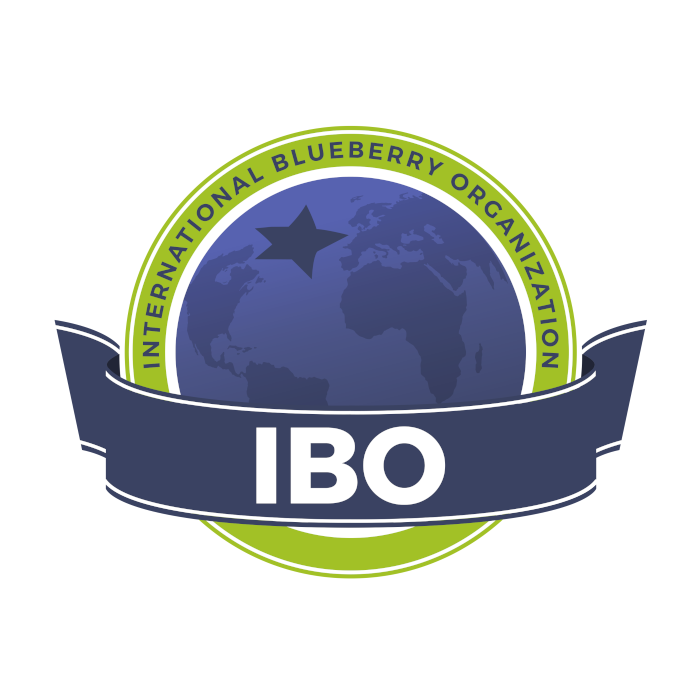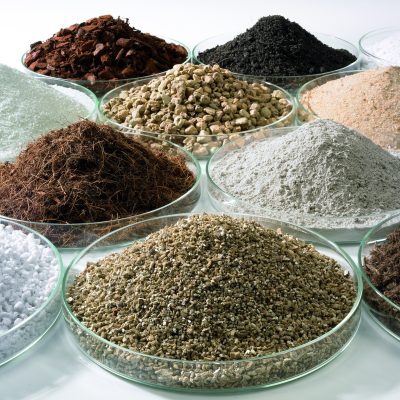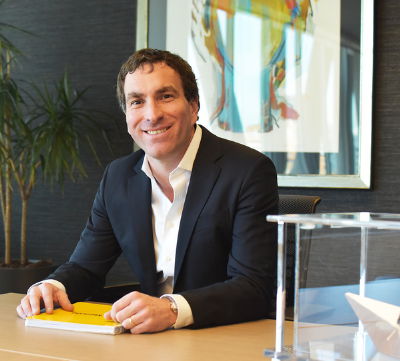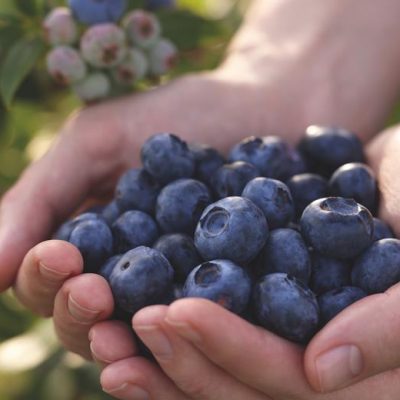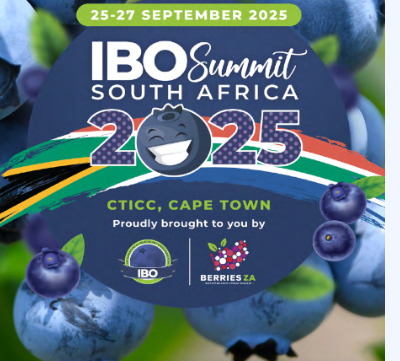The Second Curve of Peruvian Blueberries
- . July 2025
From the volume that got us here, to the value that will take us further.
By Miguel Bentin
In less than ten years, Peru has gone from being absent from the global blueberry map to becoming one of its biggest players. The rise wasn’t a natural evolution—it was a bold decision to build something new, and fast. We had the right conditions, such as a stable climate, competitive varieties, a favorable location, and, above all, the will to act.
That first curve brought remarkable progress. We built a solid industry from scratch, and we did it with energy, ambition, and results. However, as is often the case with any model that grows rapidly, new questions arise as they move forward.
That’s when the Second Curve begins. It’s not a break, but a natural next step, one that shifts the focus from volume to value.
From fast growth to smart growth
This new stage is about adding depth. The first curve was driven by scale and opportunity, but now we’re invited to grow with intention—not just how much, but how well, and for what purpose.
Peru had strong building blocks: Long seasons, flexible harvests, strategic access to key markets, and underused ports. The short time between planting and harvesting allowed for quick returns. We entered the global market just as demand outpaced supply, and that timing made all the difference.
We began with varieties like Biloxi and Ventura, which was not perfect, but productive and predictable—good enough to learn and reduce risk. At the same time, collaboration began to take root with the creation of ProArándanos in 2014. It wasn’t a matter of luck: it came from a shared understanding that collective knowledge could take us further than isolated competition. That spirit helped accelerate the technical, commercial, and institutional development of the industry.
Volume was the engine. We planted because it made sense, and it worked. That phase brought us here, and today the same industry looks ahead with more tools, more data, and better questions. The energy is still there. What we’re adding now is direction.
Managing the weight of our own growth
With growth come new challenges. The natural peak of the harvest is now concentrating supply into a short window, putting pressure on prices and margins. Logistics, once a key advantage, are showing signs of stress, such as full ports, limited cold-chain transport, and a high reliance on just a few hubs. Labor is also evolving into a more complex factor: It’s scarcer, more expensive, and people demand a broader and richer value proposition, where shared value is the rule, not the exception, and where dignity, growth, and well-being are seen as the foundation of a people-centered industry.
What matters most is that these challenges stem from our own growth—from overlapping harvest windows, leading an uncoordinated expansion, and being unable to keep up with logistics. While none of this is new or necessarily bad, it does require timely decisions.
And, to be fair, important work is already underway. Producers are adopting better genetics, adjusting harvest schedules, and aligning their decisions with market signals. The key now is to turn those actions into industry-wide habits. Planning ahead doesn’t mean slowing down, but leading with purpose.
The hidden cost of volume
Peru’s growth story is often told with pride, and that pride is earned. However, the celebration around volume alone tends to hide a more complex reality. When overproduction hits, even if briefly, it affects prices abroad, but also creates real pressure at home. Entire seasons have seen producers struggle quietly, and some have even left the business altogether. These aren’t rare cases: they are signals.
Understanding volume as the main sign of success has its limitations. It overlooks the pressure that a highly concentrated and competitive system puts on growers—especially when everyone hits the market at the same time. Not everything is as shiny as it looks from the outside. That’s exactly why the shift to value matters, because it’s not about growing less, but growing in a more resilient and sustainable way for everyone involved.
From “more” to “better”
This shift is easy to explain but harder to execute. It means transitioning from high volume to high value, and producing fruit that not only yields well but delivers in terms of taste, firmness, postharvest performance, and consistency. Genetics now needs to offer more than productivity, and stand out where it matters most.
Logistics play a key part in this transition. The greater use of the port of Pisco, as well as the early-stage operations at Chancay that opened new options for Asia-bound exports, are examples of how better planning and infrastructure can support the value chain. Harvest planning is no longer just a technical task, but a decision that affects quality, price, and reputation. Being fast is helpful. Being consistent is critical.
People as partners in value
Productivity isn’t just about plants. It’s about people. From the beginning, many companies understood that field workers are not a cost to control but a key driver of quality. As a result, investing in training, motivation, and constant improvement of working conditions isn’t charity: it’s smart business.
What began as a good practice now has to become the standard. Attracting talent, building skilled teams, offering good work experiences, and retaining people will define success in this next stage. This is still farming, but it’s also about human development. And those who get that right will go further.
We export more than fruit
Value isn’t just in the fruit we ship, but in the impact we generate. Every container carries jobs, opportunity, and social mobility to places that were once left out. Blueberries have transformed thousands of lives in rural Peru, and we need to make that change sustainable.
Modern agriculture is the country’s largest source of formal jobs. And that’s not just a stat—it’s a responsibility. A sector that creates quality work outside Lima is doing something bigger than just growing fruit, and to keep that going, we must see job quality not as a bonus, but as a core part of how we compete.
The same is true for the environment. Better water use, fewer inputs, and climate adaptation are the conditions for staying relevant. An industry that doesn’t adapt can’t grow. One that doesn’t take care of its surroundings will not last.
What the second curve asks of us
To improve, we need to learn, and to learn, we have to share. Better information, coordinated planning, staggered harvests, and diversified markets—these are basic tools, not luxuries. We also need infrastructure that matches our scale, making technology, data, and prediction models the new normal.
We also need to professionalize the field: bring in young talent, train well, keep experienced talent within the system. The first curve taught us how to move fast. The second one is about moving with focus and long-term purpose.
A new kind of leadership
This phase requires a different kind of leadership. One that measures success not just by exports, but by the ability to plan ahead, adjust early, and understand what’s coming before it arrives.
Peru surprised the world with its volume. Now we have a chance to inspire it with maturity. This is not the end of the story, but a turning point. If we get it right, we’ll have an industry that is not just profitable, but one others will want to learn from.
Because leading today is not just about doing more, but doing things consistently—and making sure that better is visible in every field, every market, and every blueberry that carries our name around the world.
23-07-25
This is an exclusive IBO Content.
